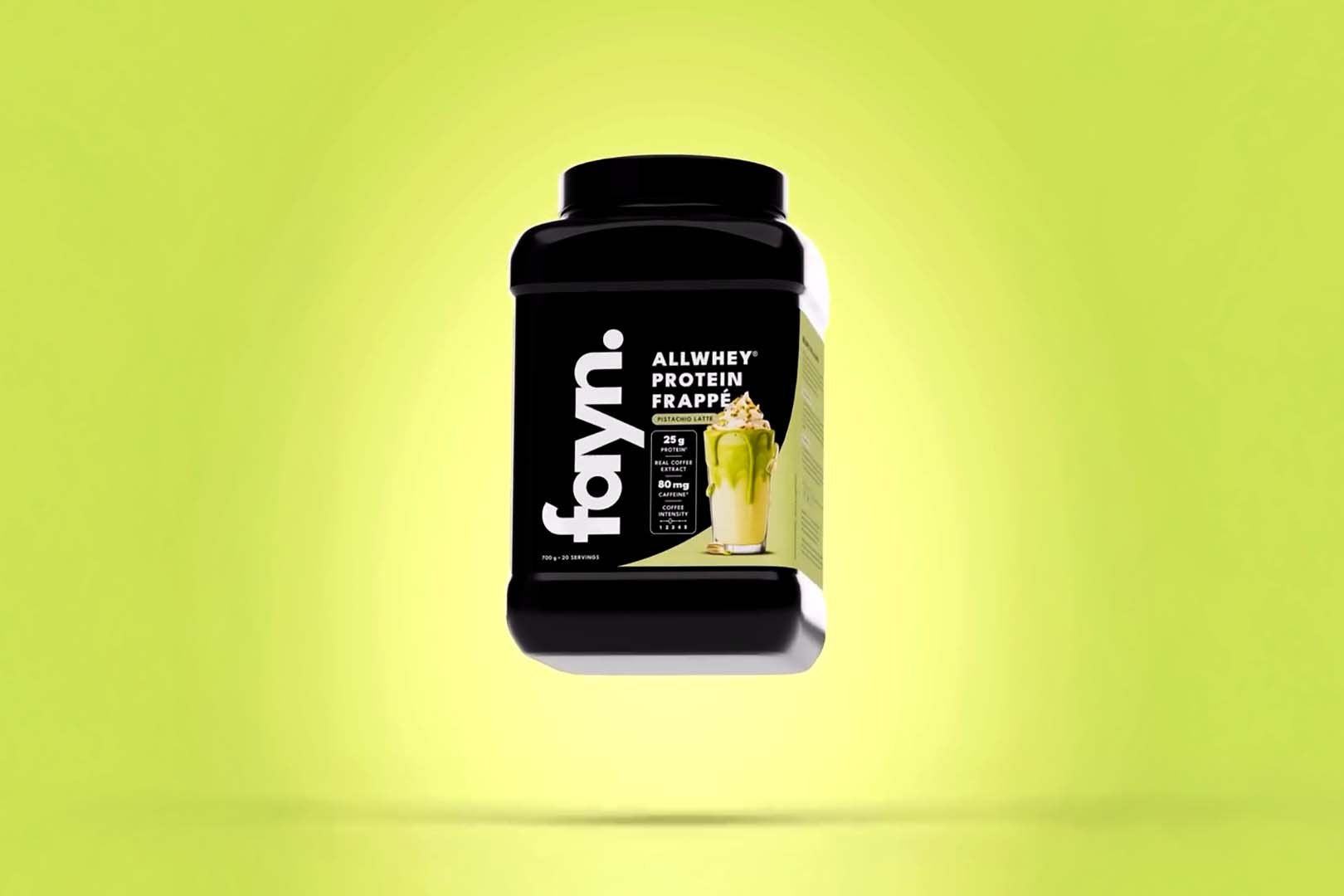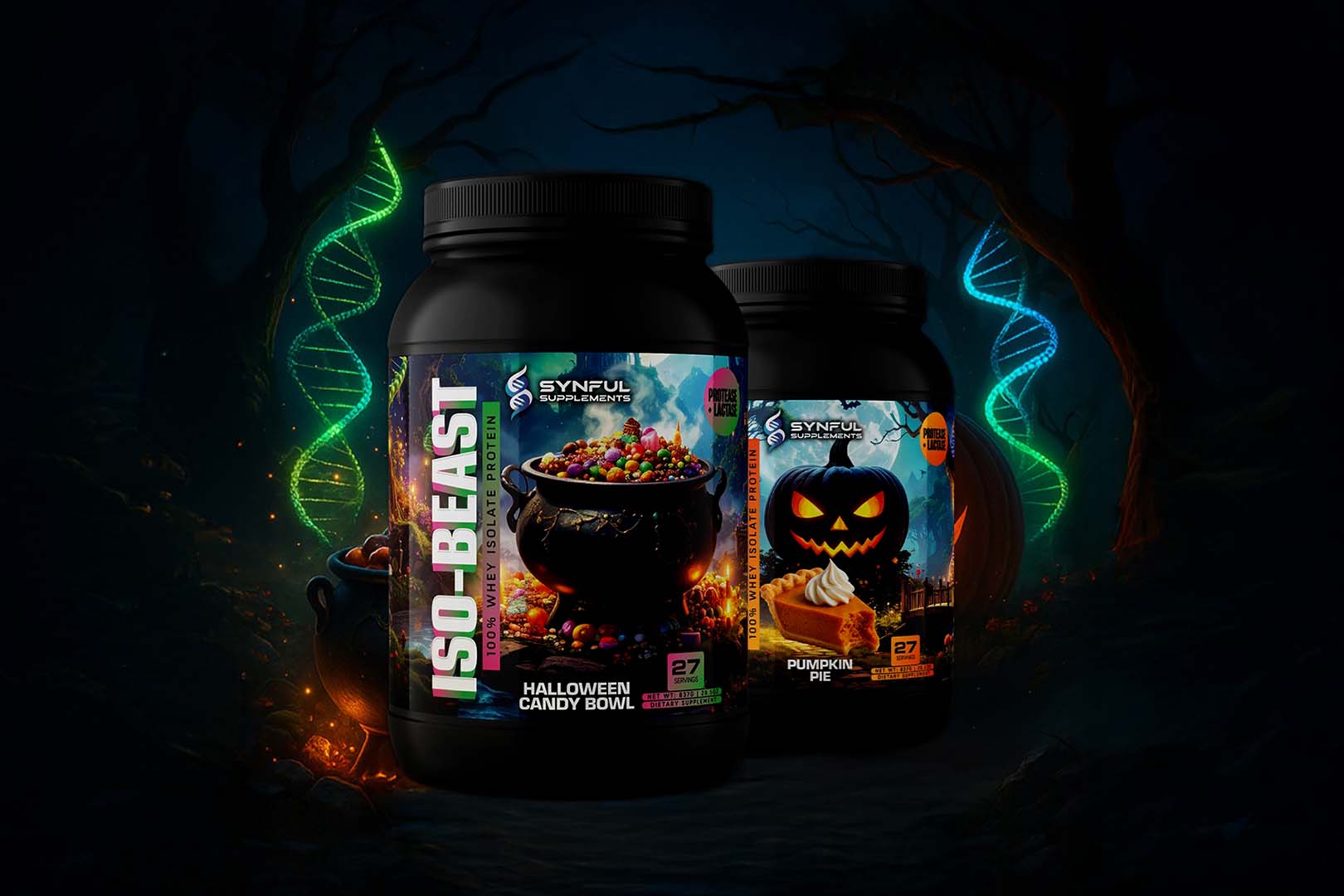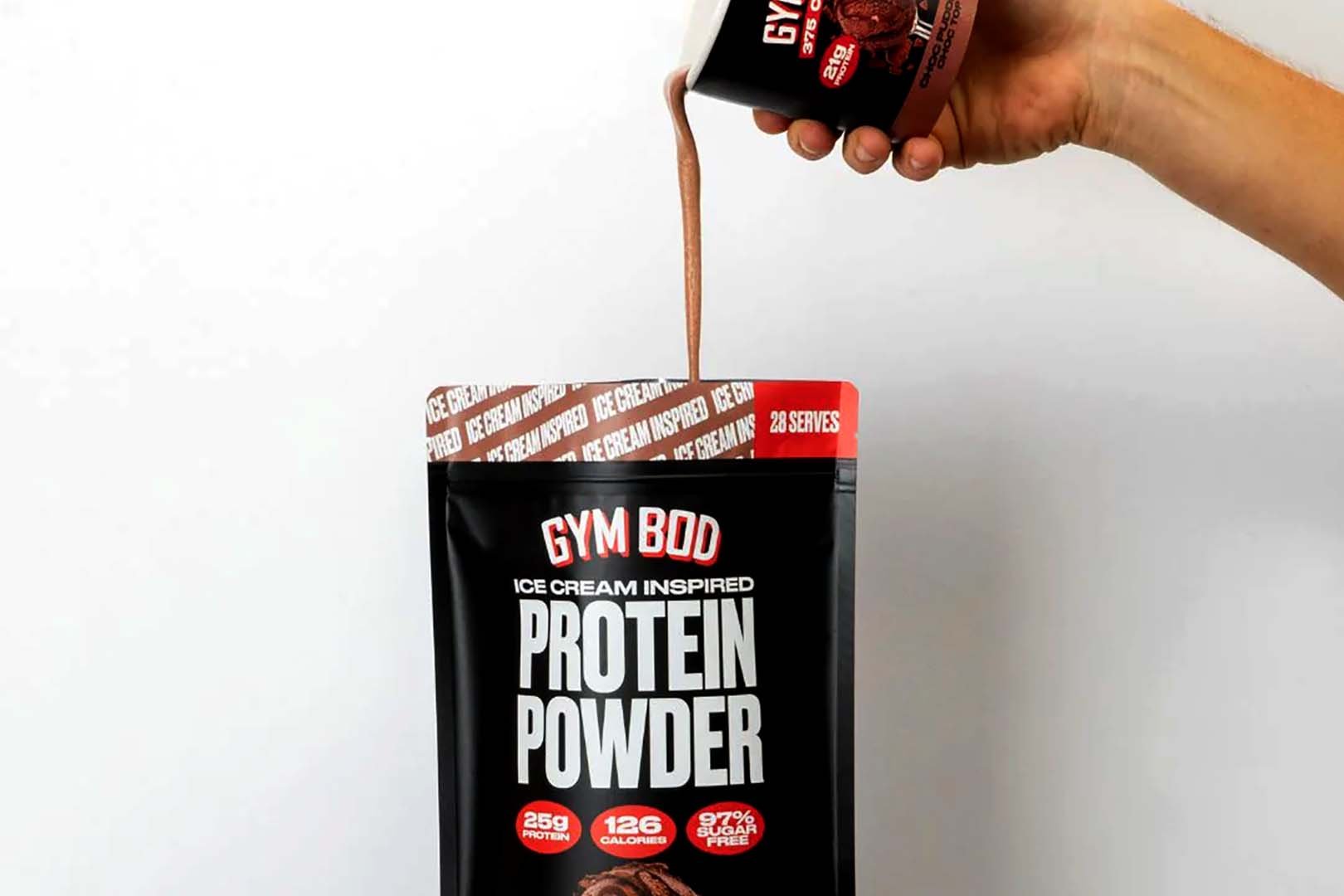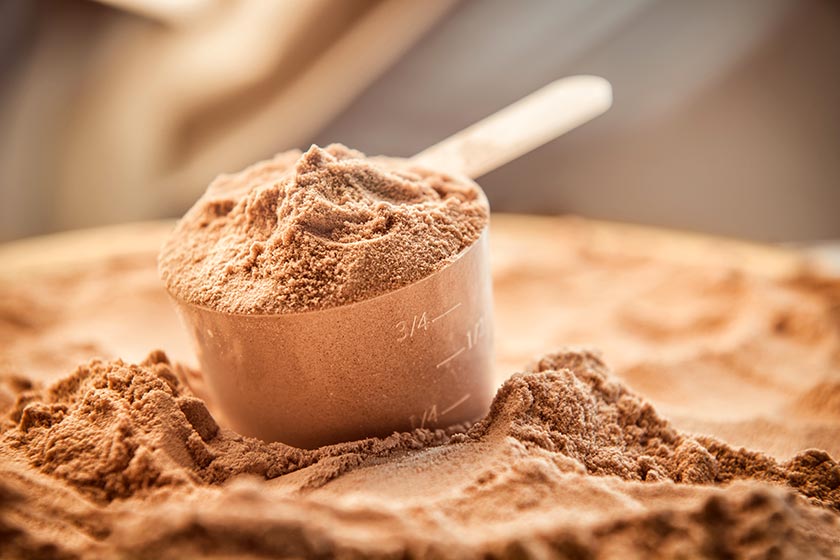
While it was a couple of years ago now that the massive protein amino spiking drama went down, where a handful of mid to major brands were found spiking their proteins with cheaper ingredients. We still get asked what exactly is amino spiking, how can you spot it, and why it’s a problem. In this post, we’re going to go over answers to all of those questions as simple as possible.
What is amino spiking
First up we have the big question, what exactly is amino spiking? Say you purchase a protein powder that’s promoted as a whey protein formula, suggesting its 25g of protein comes from whey protein. However, when you turn the supplement around and look at its ingredients list you see things like taurine, glycine, and glutamine as well as whey protein. Those extra features may sound good, but could very well be used to spike that 25g of protein.
A good example of a possibly spiked protein label would be one we mocked up below. It has 25g of protein with whey concentrate in its other ingredients section followed taurine and creatine monohydrate. While you can never be 100% sure until you actually test a protein, what that can mean is that something like 10g of the protein is from whey and the rest from taurine and creatine.
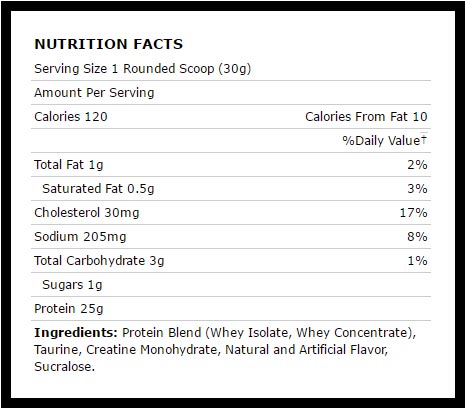
Now you may be wondering how is that possible? Basically, the way a protein amount is calculated is on a formula’s nitrogen content, something all amino acids, creatine, and even beta-alanine has. So as in our example when features like those mentioned are on a product’s label they could be used to count towards the protein amount claimed. One of the reasons brands do this is because it’s cheaper to spike with ingredients like taurine and creatine than to use actual protein.
How to spot amino spiking
Now that you have a good idea on what amino spiking is, you’ll want to know how to spot a possibly spiked protein. We say possibly spiked because as mentioned, most of the time there is no way of knowing if a supplement is 100% spiked without testing it, or a protein displays its added ingredients with exact doses (explained below).
Things to look out for on a label would be amino acids like taurine, glycine, alanine, and glutamine, and creatine monohydrate. We do have to stress that this doesn’t necessarily mean that a product is spiked if you see any of these on a label, as a brand could have added them for some other reason. Because of all of the brand’s that were called out for amino spiking, however, we personally don’t take the chance.
There are also now cases where companies have gone out of their way to show you that even though they have spiking ingredients in their products, that’s not why they’re there. Instead of listing them in the other the ingredients section, some supplements tell you exactly how much actual protein it has as well as creatine and aminos. MHP’s 2017 Dark Matter is one of those products as it claims 10g of protein per serving, lists whey concentrate providing that 10g, then has creatine at 5g, BCAAs at 3g, and glutamine at 3.5g. This tells you where the protein comes from and that the common spiking ingredients don’t count towards the protein total.
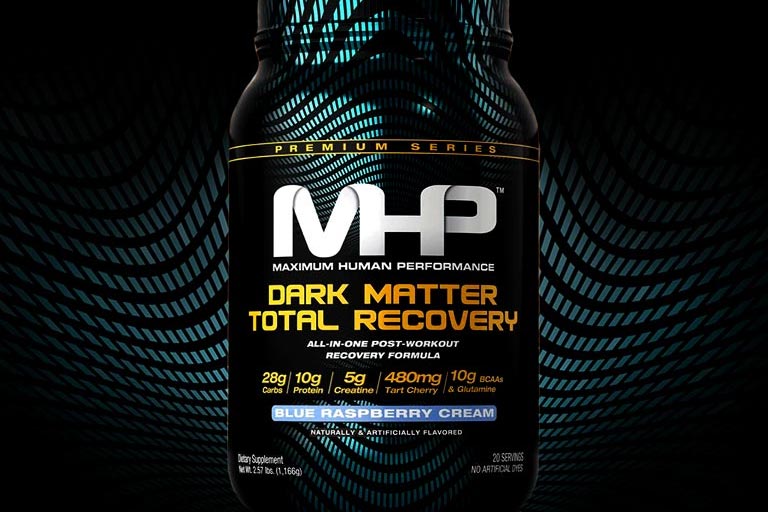
Why amino spiking is wrong
The main reason we feel amino spiking protein powders is wrong is that it’s simply misleading. While aminos acids and creatine do have great benefits and are effective all on their own, you don’t want them in place of what you thought was actual protein. You buy a protein powder for the protein, and if it has creatine, you’d probably like to know that doesn’t mean less protein.
To correct this and help consumers identify what supplements they can trust, a couple of years ago we created the Stack3d Certified program. It gives companies the chance to prove themselves by letting us purchase their protein from a randomly selected retailer and send it straight to a lab to test for spiking ingredients and exactly how much protein it has per serving.
The certified program takes away any possibility of a brand doing something dodgy like sending in an altered sample and keeps it completely honest. You can see our full list of certified protein powders in our Stack3d Certified section, and hopefully next time you purchase a protein you’re a now little more aware of what to look for if you’re concerned about amino spiking.
